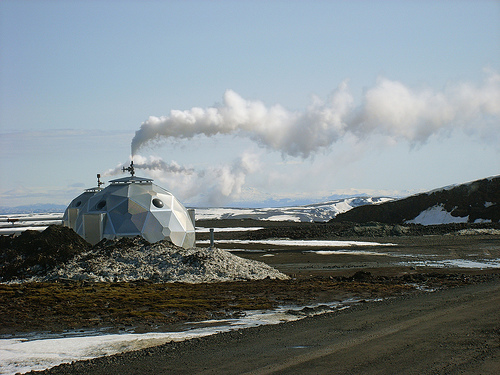This post originally appeared on Energy Self-Reliant States, a resource of the Institute for Local Self-Reliance’s New Rules Project.
Earlier this spring I shared a graphic illustrating the dramatic fall in distributed solar PV prices in Germany, down to $4.11 per Watt installed, for rooftop systems under 100 kilowatts. As it turns out, the graphic was out-of-date. In Germany, the average installed cost for rooftop solar PV under 100 kW is $3.70 per Watt. It’s a 50% drop in price since 2006, an average of 13% per year.

For comparison, here’s the average installed cost for under 10 kW rooftop solar PV in the United States, by state.
Chart is from page 19 of the brilliant report, Tracking the Sun III: The Installed Cost of Photovoltaics in the U.S. from 1998-2009 (large pdf).
This is 2009 data, of course, and is comparing very small PV systems (< 10 kW) to small commercial systems (10-100 kW). U.S. prices aren’t so far behind, but they still lag Germany’s for several reasons:
1) people often overpay for solar because they aren’t knowledgeable about falling costs or they lease and only look at whether their new monthly bill is lower
2) banks that finance residential solar projects inflate the value to get bigger tax credits and incentives
3) solar permitting and interconnection is dramatically more complex and expensive in the U.S.
Also from the previous post:
Did I also mention that the German policy (a feed-in tariff) driving solar costs down only costs German ratepayers the equivalent of a loaf of bread per month? In the U.S., the federal renewable energy incentives cost $4 billion in 2007, or about $3.17 per household per month (or about the same price as an Italian baguette).
There’s only way to describe this German success: wunderbar!


